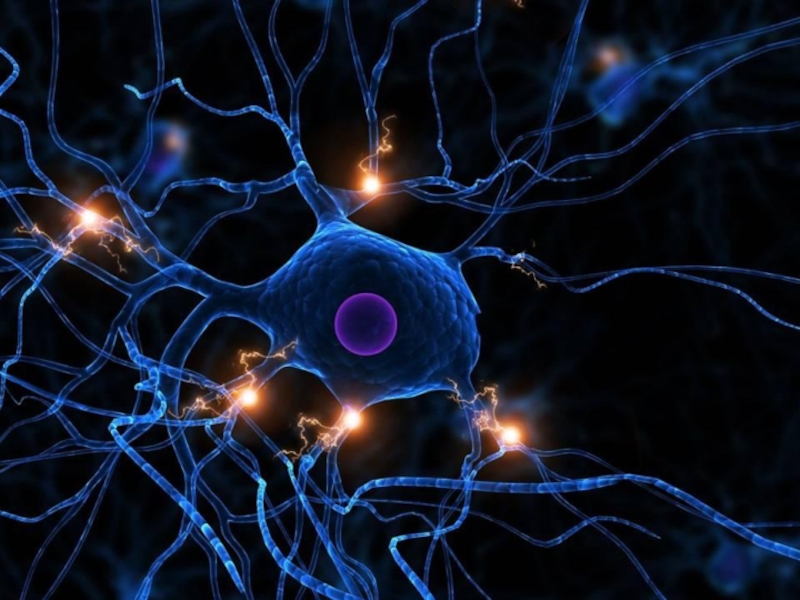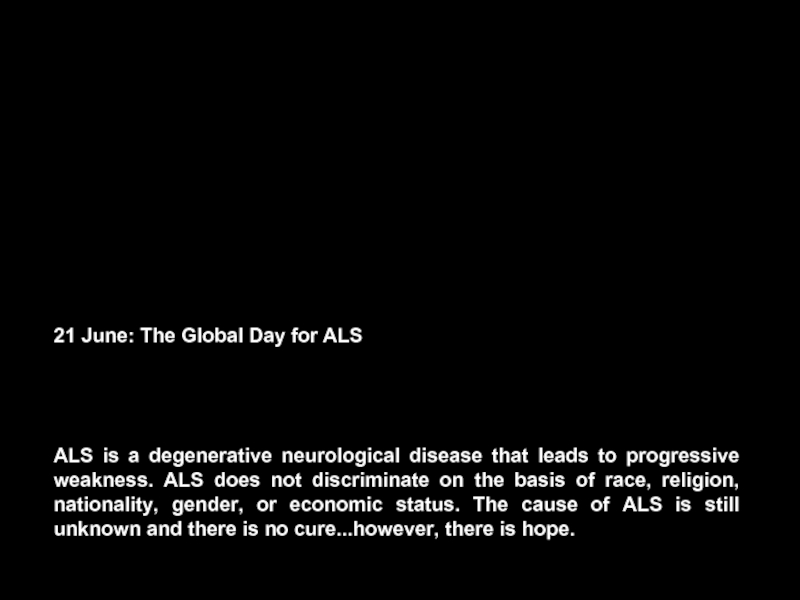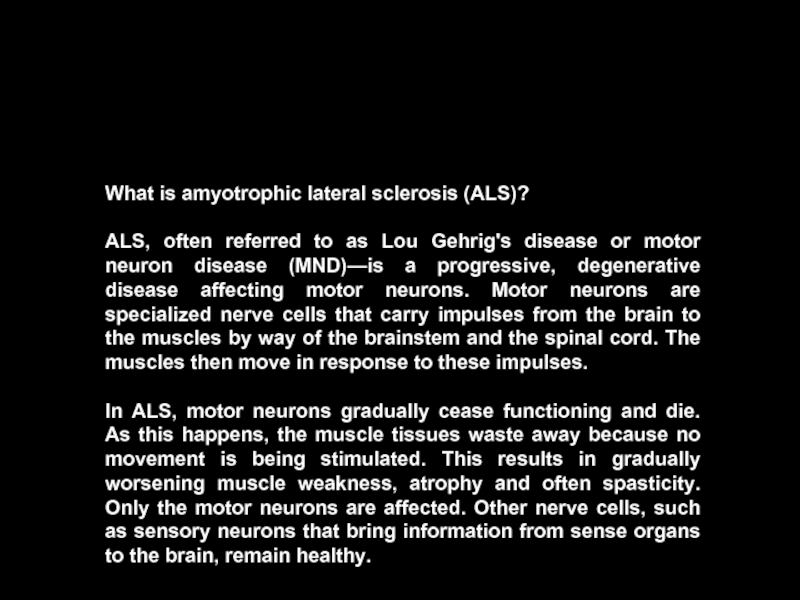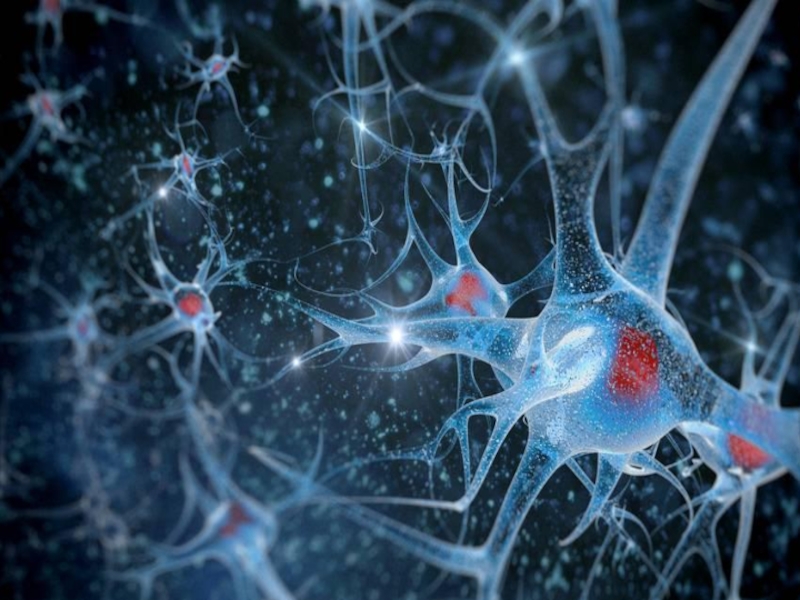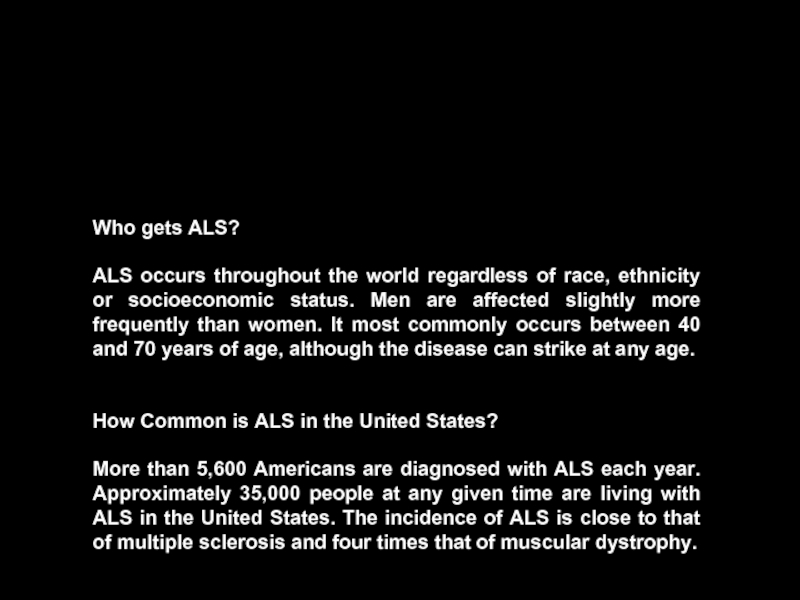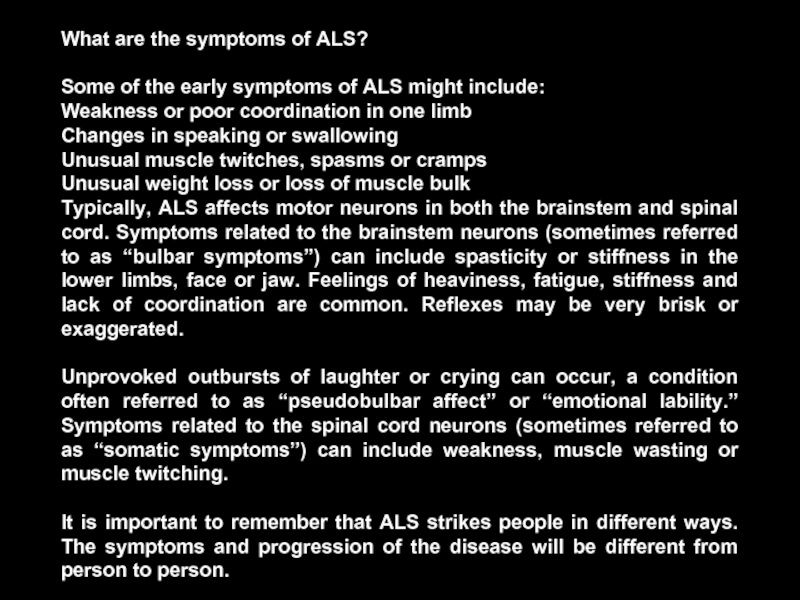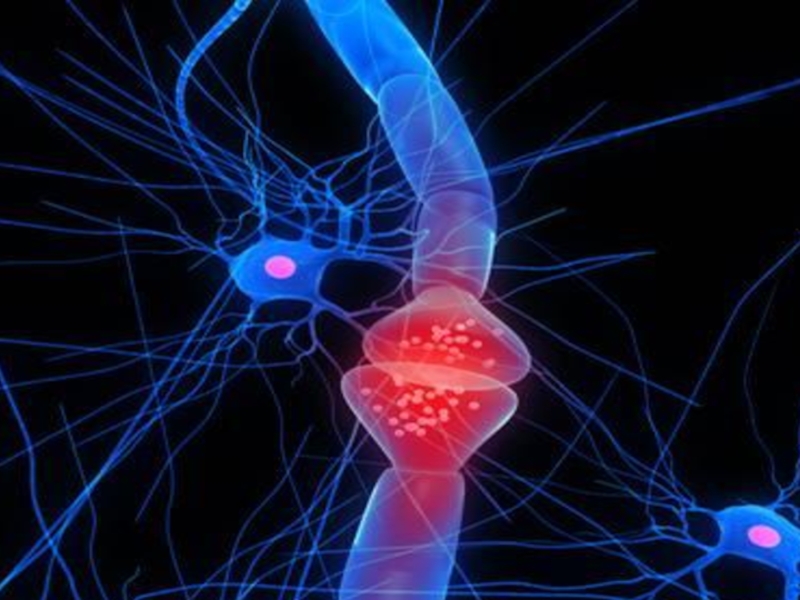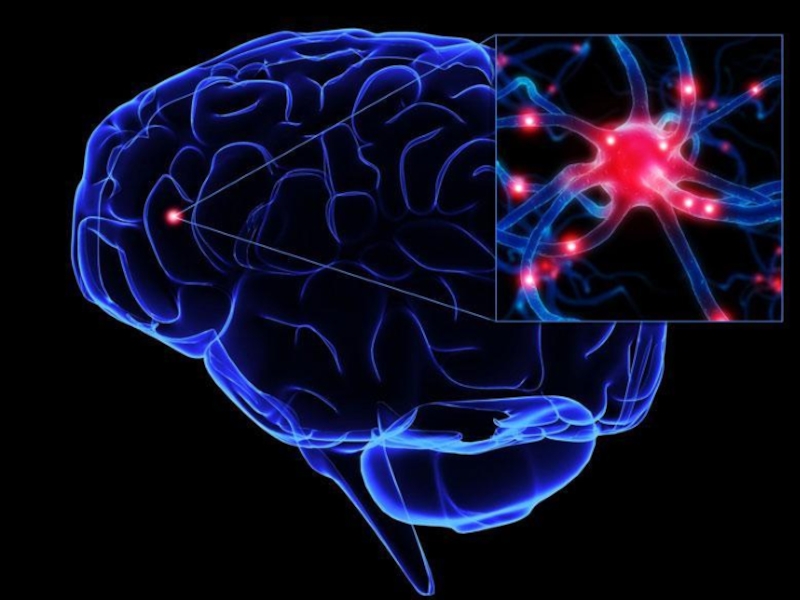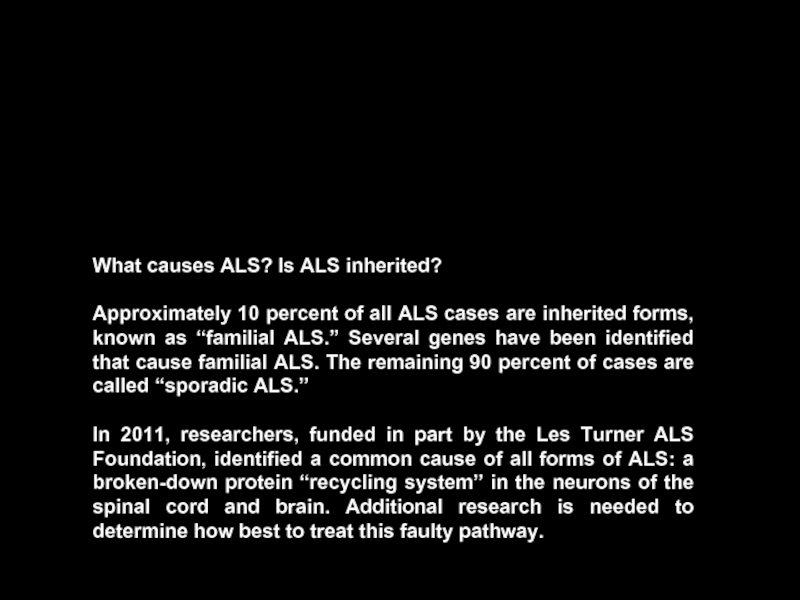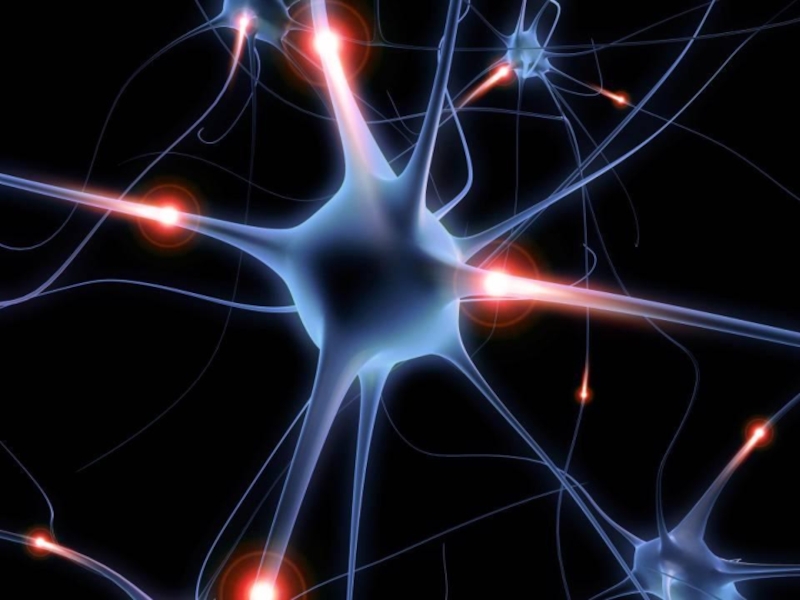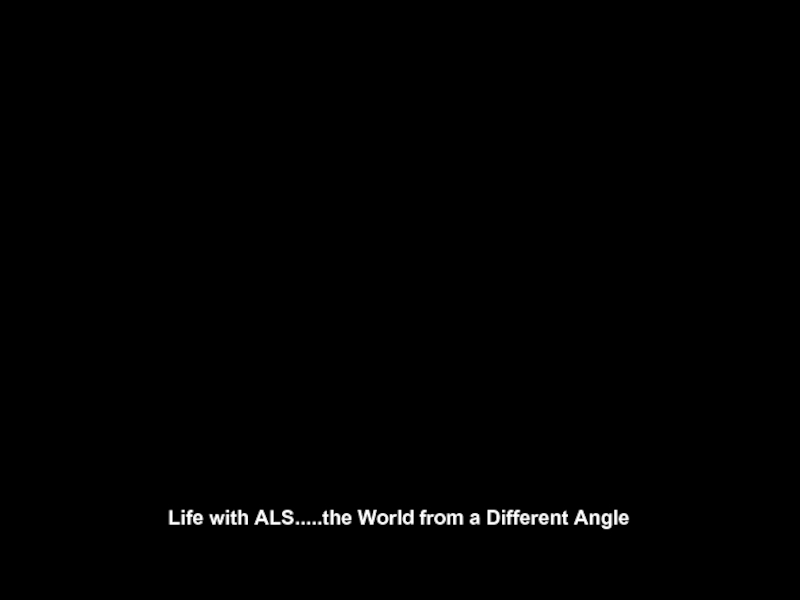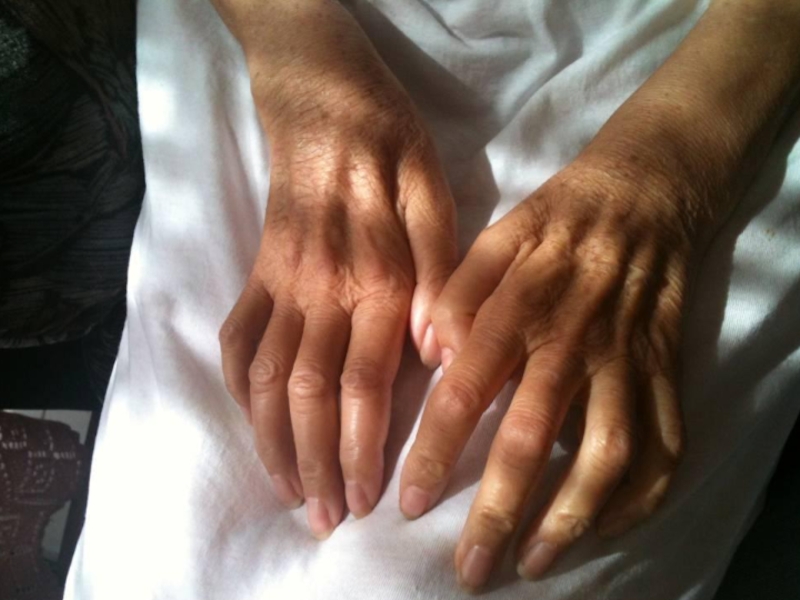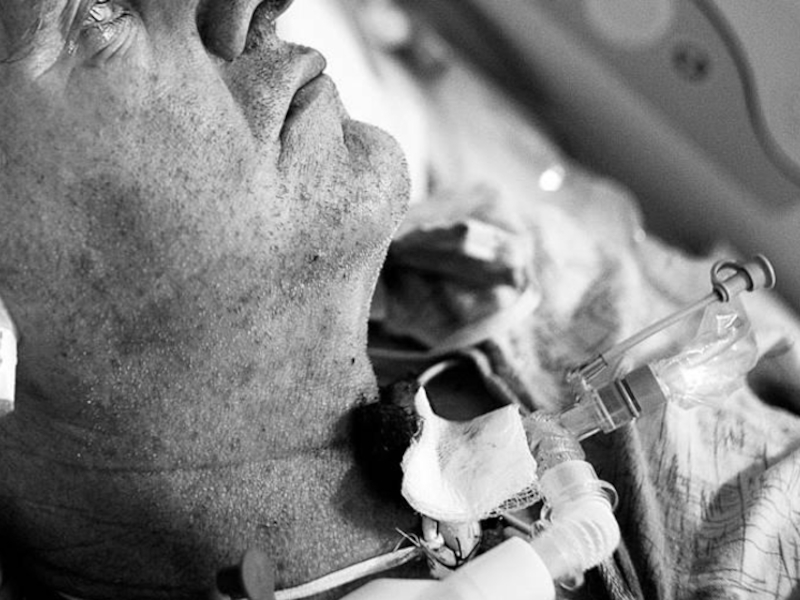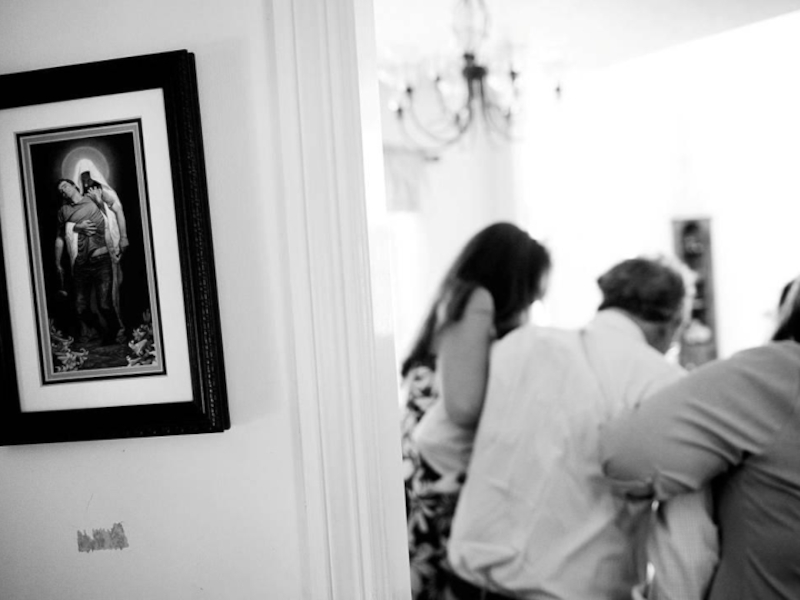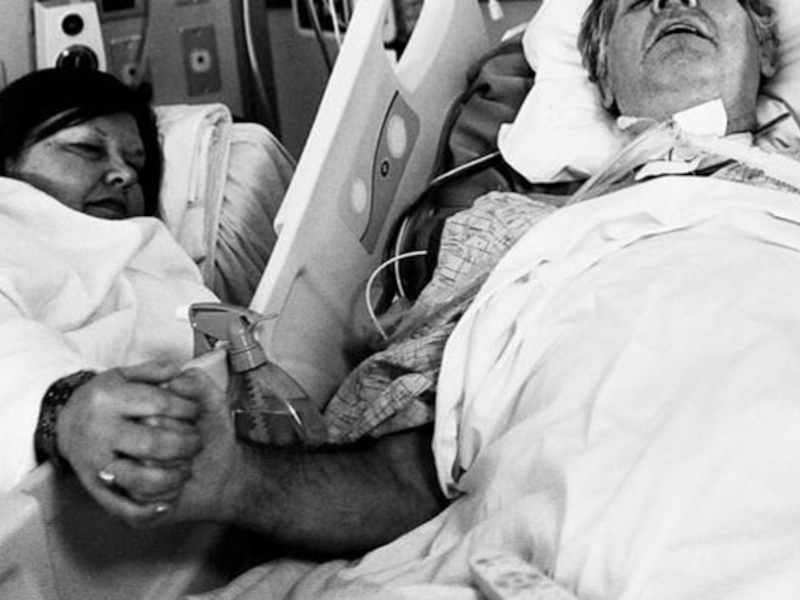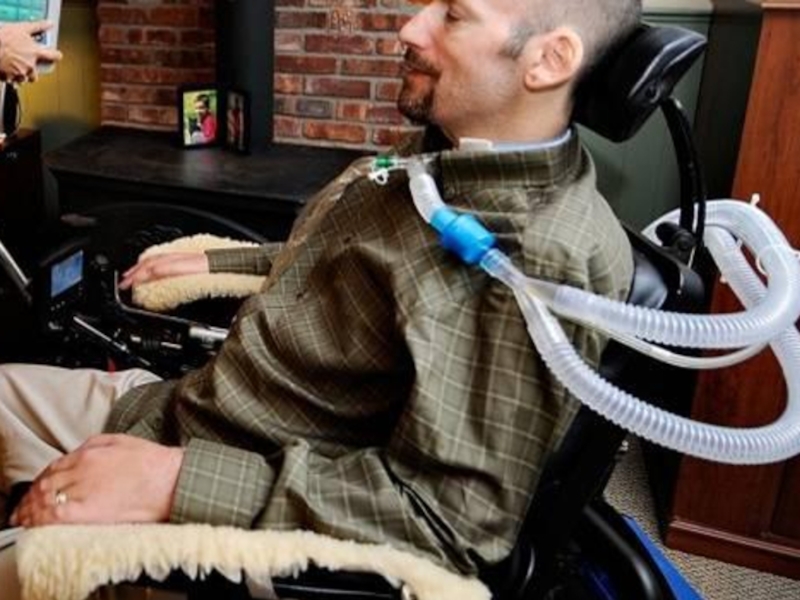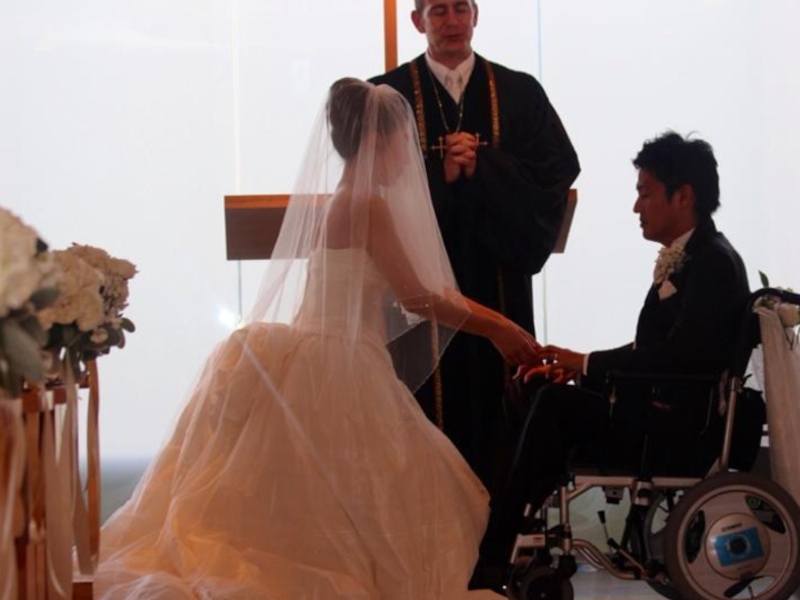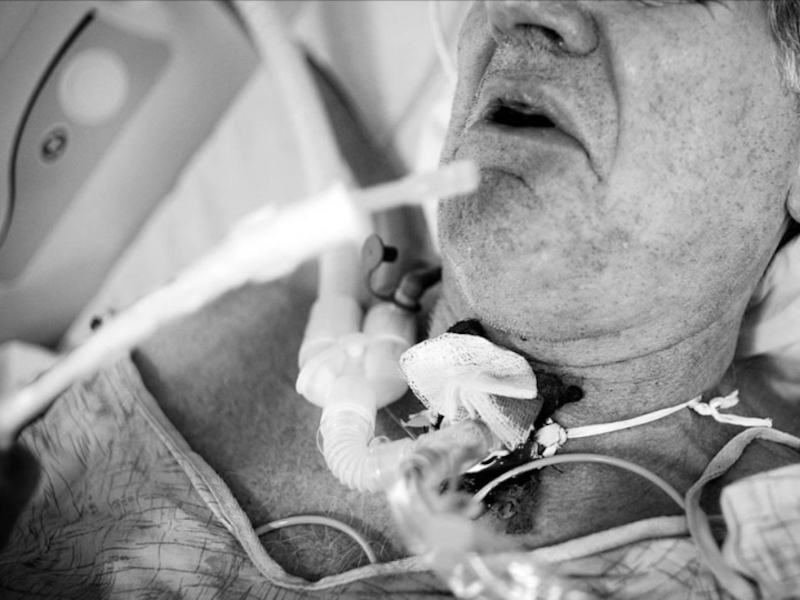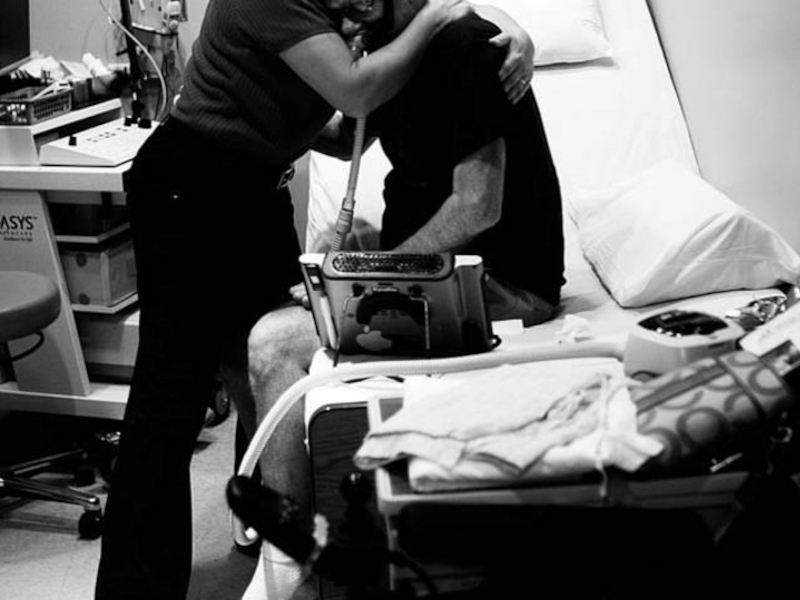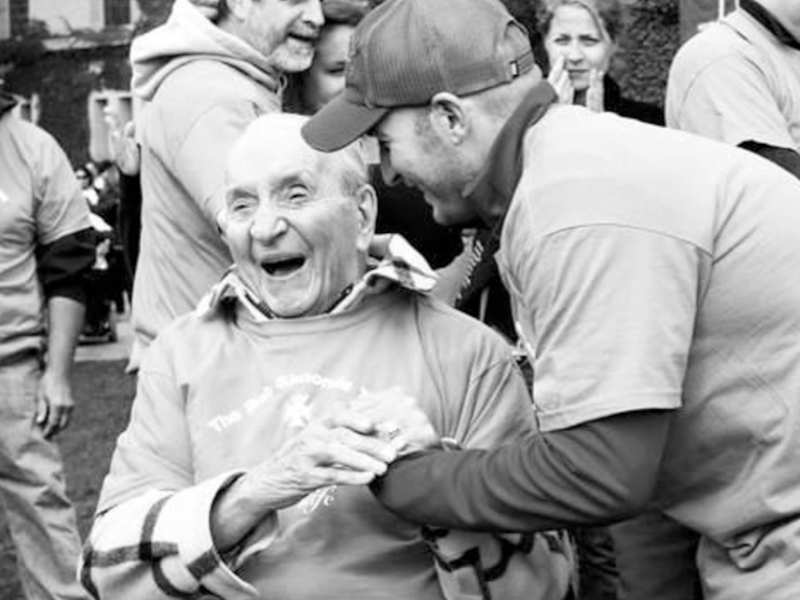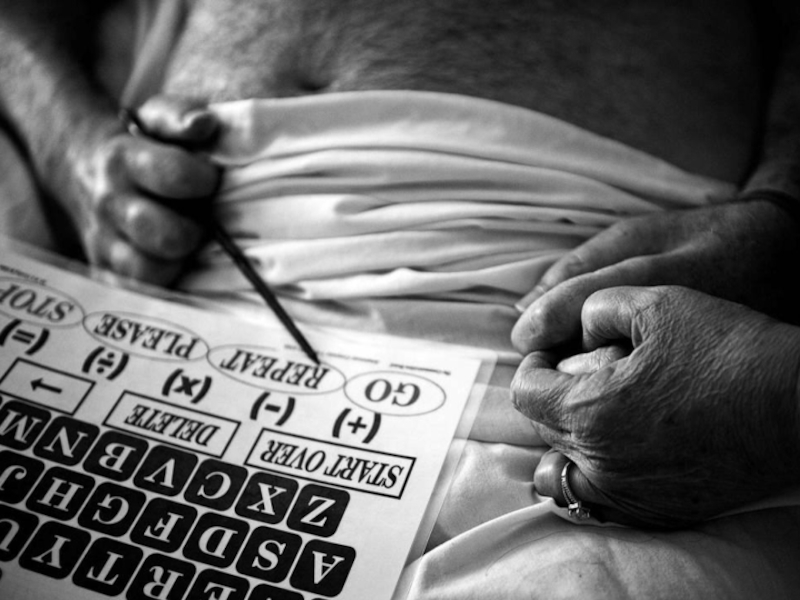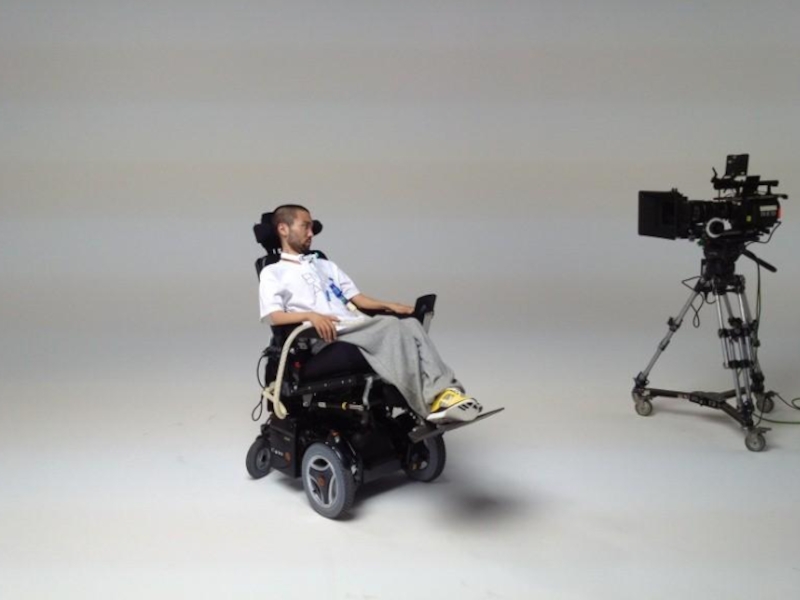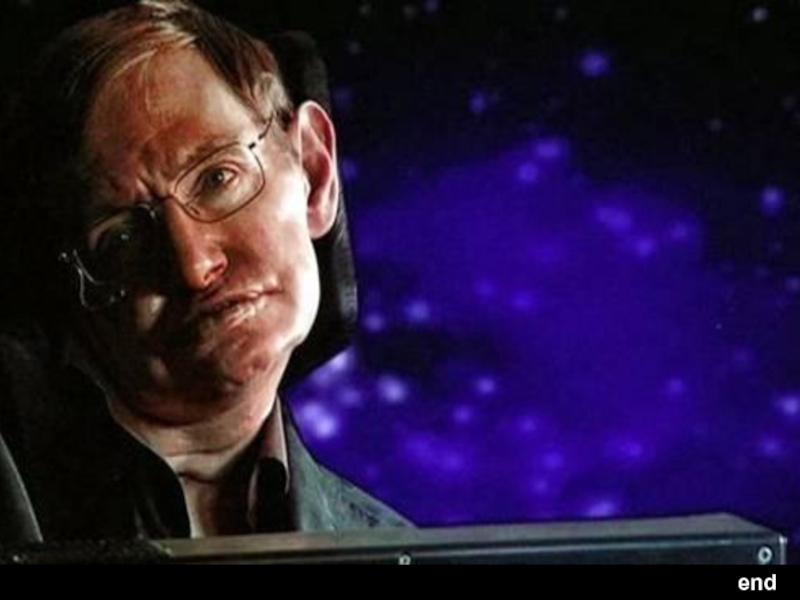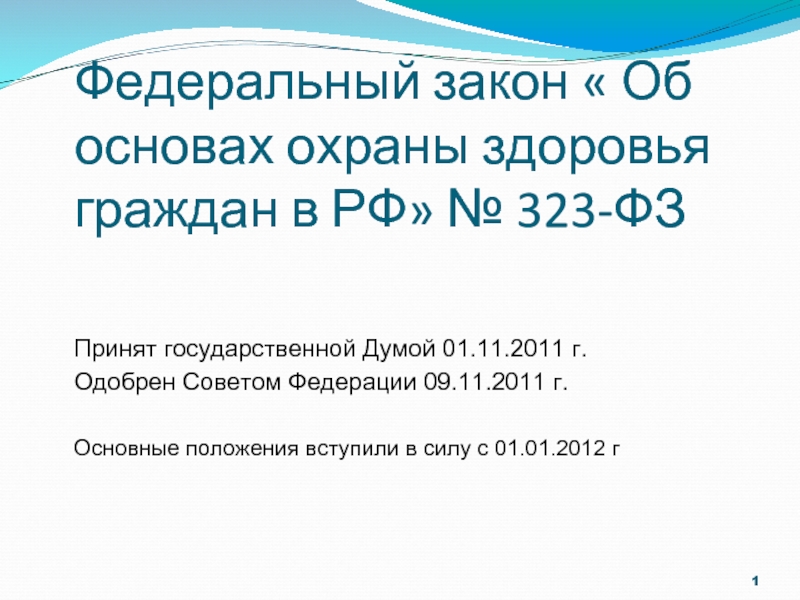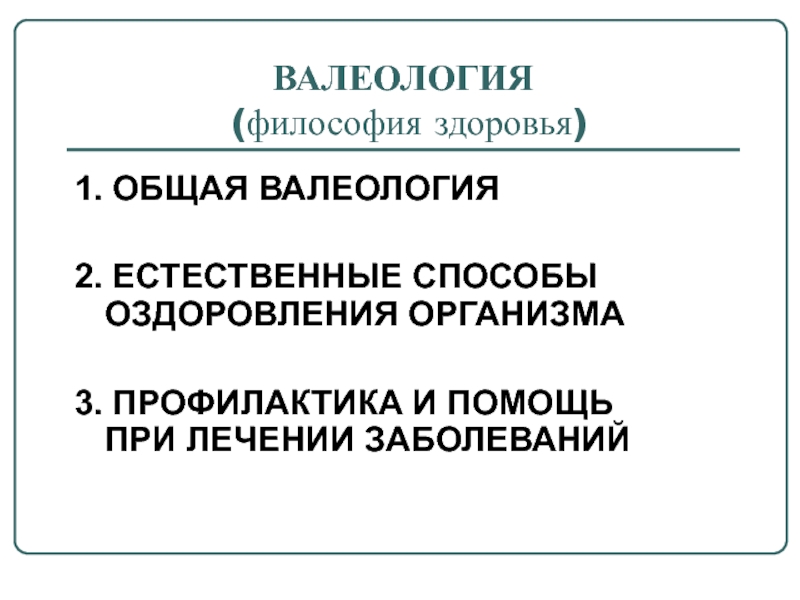neurological disease that leads to progressive weakness. ALS does not discriminate on the basis of race, religion, nationality, gender, or economic status. The cause of ALS is still unknown and there is no cure...however, there is hope.
- Главная
- Разное
- Дизайн
- Бизнес и предпринимательство
- Аналитика
- Образование
- Развлечения
- Красота и здоровье
- Финансы
- Государство
- Путешествия
- Спорт
- Недвижимость
- Армия
- Графика
- Культурология
- Еда и кулинария
- Лингвистика
- Английский язык
- Астрономия
- Алгебра
- Биология
- География
- Детские презентации
- Информатика
- История
- Литература
- Маркетинг
- Математика
- Медицина
- Менеджмент
- Музыка
- МХК
- Немецкий язык
- ОБЖ
- Обществознание
- Окружающий мир
- Педагогика
- Русский язык
- Технология
- Физика
- Философия
- Химия
- Шаблоны, картинки для презентаций
- Экология
- Экономика
- Юриспруденция
21 June: The Global Day for Amyotrophic Lateral Sclerosis презентация
Содержание
- 2. 21 June: The Global Day for ALS
- 4. What is amyotrophic lateral sclerosis (ALS)?
- 6. Who gets ALS? ALS occurs throughout
- 7. What are the symptoms of ALS?
- 9. How is ALS diagnosed? The diagnosis
- 10. What is the prognosis of ALS?
- 12. What causes ALS? Is ALS inherited?
- 13. Is there any treatment for ALS?
- 15. Life with ALS.....the World from a Different Angle
- 42. “I am quite often asked: How do
- 43. end cast
Слайд 4What is amyotrophic lateral sclerosis (ALS)?
ALS, often referred to as Lou
Gehrig's disease or motor neuron disease (MND)—is a progressive, degenerative disease affecting motor neurons. Motor neurons are specialized nerve cells that carry impulses from the brain to the muscles by way of the brainstem and the spinal cord. The muscles then move in response to these impulses.
In ALS, motor neurons gradually cease functioning and die. As this happens, the muscle tissues waste away because no movement is being stimulated. This results in gradually worsening muscle weakness, atrophy and often spasticity. Only the motor neurons are affected. Other nerve cells, such as sensory neurons that bring information from sense organs to the brain, remain healthy.
In ALS, motor neurons gradually cease functioning and die. As this happens, the muscle tissues waste away because no movement is being stimulated. This results in gradually worsening muscle weakness, atrophy and often spasticity. Only the motor neurons are affected. Other nerve cells, such as sensory neurons that bring information from sense organs to the brain, remain healthy.
Слайд 6Who gets ALS?
ALS occurs throughout the world regardless of race, ethnicity
or socioeconomic status. Men are affected slightly more frequently than women. It most commonly occurs between 40 and 70 years of age, although the disease can strike at any age.
How Common is ALS in the United States?
More than 5,600 Americans are diagnosed with ALS each year. Approximately 35,000 people at any given time are living with ALS in the United States. The incidence of ALS is close to that of multiple sclerosis and four times that of muscular dystrophy.
How Common is ALS in the United States?
More than 5,600 Americans are diagnosed with ALS each year. Approximately 35,000 people at any given time are living with ALS in the United States. The incidence of ALS is close to that of multiple sclerosis and four times that of muscular dystrophy.
Слайд 7What are the symptoms of ALS?
Some of the early symptoms of
ALS might include:
Weakness or poor coordination in one limb
Changes in speaking or swallowing
Unusual muscle twitches, spasms or cramps
Unusual weight loss or loss of muscle bulk
Typically, ALS affects motor neurons in both the brainstem and spinal cord. Symptoms related to the brainstem neurons (sometimes referred to as “bulbar symptoms”) can include spasticity or stiffness in the lower limbs, face or jaw. Feelings of heaviness, fatigue, stiffness and lack of coordination are common. Reflexes may be very brisk or exaggerated.
Unprovoked outbursts of laughter or crying can occur, a condition often referred to as “pseudobulbar affect” or “emotional lability.” Symptoms related to the spinal cord neurons (sometimes referred to as “somatic symptoms”) can include weakness, muscle wasting or muscle twitching.
It is important to remember that ALS strikes people in different ways. The symptoms and progression of the disease will be different from person to person.
Weakness or poor coordination in one limb
Changes in speaking or swallowing
Unusual muscle twitches, spasms or cramps
Unusual weight loss or loss of muscle bulk
Typically, ALS affects motor neurons in both the brainstem and spinal cord. Symptoms related to the brainstem neurons (sometimes referred to as “bulbar symptoms”) can include spasticity or stiffness in the lower limbs, face or jaw. Feelings of heaviness, fatigue, stiffness and lack of coordination are common. Reflexes may be very brisk or exaggerated.
Unprovoked outbursts of laughter or crying can occur, a condition often referred to as “pseudobulbar affect” or “emotional lability.” Symptoms related to the spinal cord neurons (sometimes referred to as “somatic symptoms”) can include weakness, muscle wasting or muscle twitching.
It is important to remember that ALS strikes people in different ways. The symptoms and progression of the disease will be different from person to person.
Слайд 9How is ALS diagnosed?
The diagnosis of ALS is a “clinical diagnosis,”
meaning there is no specific test for it. Often, tests will be administered to rule out illnesses with similar symptoms. These may include an MRI of the brain or spinal cord, an electromyography (EMG) study of nerve and muscle function, and a variety of blood and urine tests. After reviewing these test results and the patient's medical history, and performing a complete neurological exam, a neuromuscular specialist can usually reach a diagnosis. It may take several months of observation and retesting to reach a definitive diagnosis and that diagnosis should be confirmed via a second opinion from another neuromuscular specialist.
Слайд 10What is the prognosis of ALS?
ALS progresses at different rates in
each individual. The average survival for someone affected by ALS is three to five years. Fifty percent of those affected pass away within five years of diagnosis. A small percentage may live 10 years or more.
As the disease progresses, the patient usually experiences a decline in speech, swallowing and limb strength and function. Generally, ALS is not a physically painful condition, though discomfort can result from immobility and muscle shortening. The ALS patient usually remains alert and retains normal sensation, vision, bowel and bladder function. While most patients do not have loss of intellectual function, some may have subtle changes in mood, behavior or personality. In a small minority of patients, more significant changes in behavior and judgment suggest a form of dementia.
As the disease progresses, the patient usually experiences a decline in speech, swallowing and limb strength and function. Generally, ALS is not a physically painful condition, though discomfort can result from immobility and muscle shortening. The ALS patient usually remains alert and retains normal sensation, vision, bowel and bladder function. While most patients do not have loss of intellectual function, some may have subtle changes in mood, behavior or personality. In a small minority of patients, more significant changes in behavior and judgment suggest a form of dementia.
Слайд 12What causes ALS? Is ALS inherited?
Approximately 10 percent of all ALS
cases are inherited forms, known as “familial ALS.” Several genes have been identified that cause familial ALS. The remaining 90 percent of cases are called “sporadic ALS.”
In 2011, researchers, funded in part by the Les Turner ALS Foundation, identified a common cause of all forms of ALS: a broken-down protein “recycling system” in the neurons of the spinal cord and brain. Additional research is needed to determine how best to treat this faulty pathway.
In 2011, researchers, funded in part by the Les Turner ALS Foundation, identified a common cause of all forms of ALS: a broken-down protein “recycling system” in the neurons of the spinal cord and brain. Additional research is needed to determine how best to treat this faulty pathway.
Слайд 13Is there any treatment for ALS?
Many of the symptoms of ALS
are treatable, but there are no drugs or treatments to cure the disease. However, patients may elect to take Rilutek©, the first FDA-approved medication for the treatment of ALS, as it has been shown to modestly increase lifespan. In addition, Nuedexta is approved by the FDA to treat pseudobulbar affect, a symptom that can occur in ALS/MND and other neurological conditions. Decisions regarding medication should be made in consultation with a neuromuscular specialist and should be part of a comprehensive treatment approach.
The quality of life of patients with ALS can often be improved by various treatments and interventions. Care provided by experts in multidisciplinary centers has been shown to prolong survival (Miller, et. al., 2009). Proper positioning, exercise, physical therapy and medications can help patients manage their symptoms. A feeding tube may be suggested if there is inadequate nutrition, extended meal times, rapid weight loss, high risk of aspiration (inhaling food or liquids into the lungs) or recurrent pneumonia. A wide range of devices and techniques can address problems with communication. Ultimately, ALS may result in sleep interruptions and changes in breathing, requiring consideration of airway clearance therapies. This may range from medications to non-invasive (mask) ventilation to a tracheostomy with mechanical ventilation. Managing symptoms is often a full-time responsibility for the patient and their caregivers.
The quality of life of patients with ALS can often be improved by various treatments and interventions. Care provided by experts in multidisciplinary centers has been shown to prolong survival (Miller, et. al., 2009). Proper positioning, exercise, physical therapy and medications can help patients manage their symptoms. A feeding tube may be suggested if there is inadequate nutrition, extended meal times, rapid weight loss, high risk of aspiration (inhaling food or liquids into the lungs) or recurrent pneumonia. A wide range of devices and techniques can address problems with communication. Ultimately, ALS may result in sleep interruptions and changes in breathing, requiring consideration of airway clearance therapies. This may range from medications to non-invasive (mask) ventilation to a tracheostomy with mechanical ventilation. Managing symptoms is often a full-time responsibility for the patient and their caregivers.
Слайд 42“I am quite often asked: How do you feel about having
ALS? The answer is, not a lot. I try to lead as normal a life as possible, and not think about my condition, or regret the things it prevents me from doing, which are not that many.” - Stephen Hawking
Слайд 43end
cast
21 June: The Global Day for Amyotrophic Lateral Sclerosis
images credit www. Music Yanni
created olga.e. thanks for watching
images credit www. Music Yanni
created olga.e. thanks for watching
